Market Trends
Key Emerging Trends in the Confectionery Packaging Market
The shifts happening in packaging of confectionaries can be attributed to changes in consumer tastes and preferences as well as technological advancements that influence how goods are packed. An important aspect here is the rising focus on environmental stewardship. Many more individuals these days prefer eco-friendly packaging for their sweets due to increasing environment-consciousness. This observable shift towards green products among customers has compelled confectionery companies to adopt more environment-friendly packaging options like recyclable papers or bio-films as this includes.
Convenience Packs: Fastest Growing Segment In Candy Packaging Industry
In candy packing industry convenience packs have rapidly gained popularity unparalleled before. Busy lifestyles of people necessitate portable candy packaging especially when they are on-the-go most of the times. Single-serve packs, resealable pouches, and grab-and-go forms are becoming increasingly popular because people demand convenient alternatives that can match their busy schedules. To achieve this, producers have designed new packages that enhance ease of use without compromising product quality or freshness.
The fast growth of personalization as a key driver in the confectionary packaging sector is attributed to companies’ understanding of the need to offer unique experiences to customers. The use of customized packages containing bespoke messages, images or even interactive features have helped firms create stronger emotional connections with their consumers. Consequently, this enables brands to increase customer loyalty while at the same time satisfy the growing demand for personalized products.
Furthermore, development of smart packing technology has influenced confectionery packaging industry. This has resulted into more interactive and informative packaging that uses sensors, RFID tags and augmented reality. Also there are smart packs which can communicate through smartphones providing information about freshness and tracking. It’s a chance for businesses not only to give better service but also receive important costumer habits and preferences data.
The candy packaging industry is evolving in response to the changing dynamics of this new retail landscape where online shoppers outnumbered traditional buyers. Sustainable packages over time that are tamper-proof and visually appealing to those purchasing things on line are becoming popular nowadays. Additionally, manufacturers are exploring innovative package solutions that minimize product damage during shipping without compromising aesthetics which attract online customers most times.
Confectionery packaging is also seeing a trend among health-conscious consumers. Most of the time, healthy conscious packagings center around portion guiding approach; correct nutritional information guide; transparent ingredient list guide. Brands have come to realize how important it is to be more open and honest about their products which allows the customers to make better choices leading to a bigger customer base.

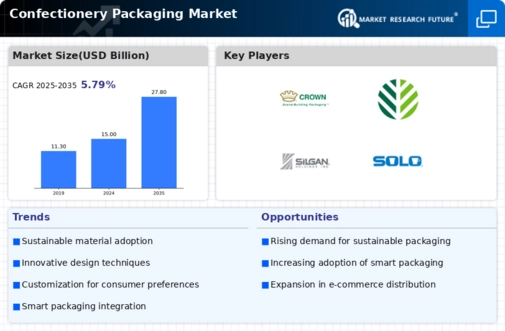

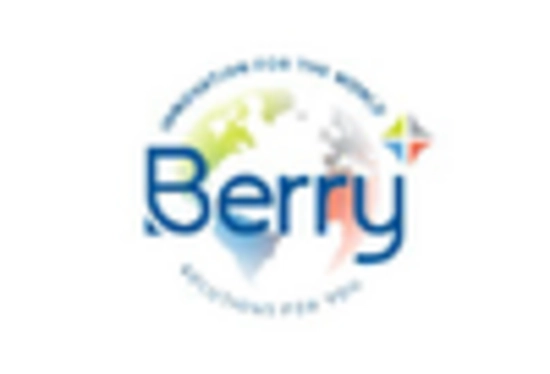

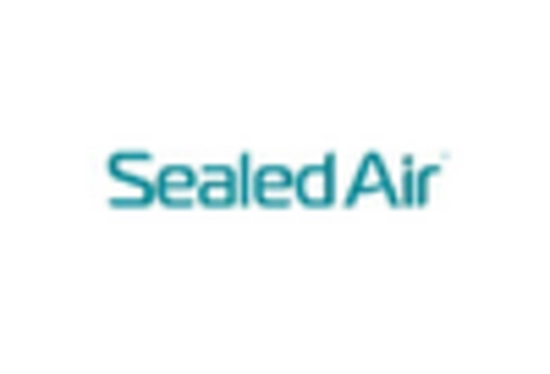
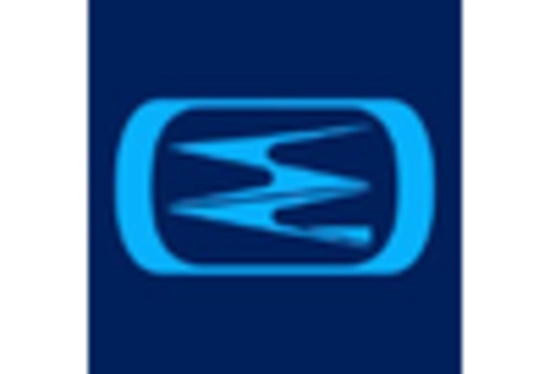
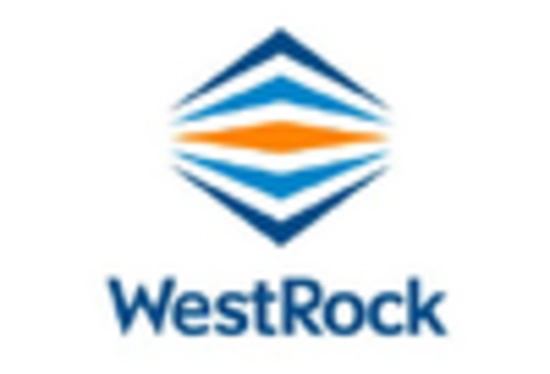









Leave a Comment